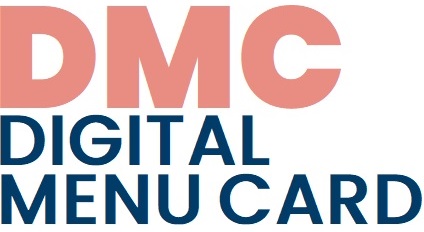- Anmelden oder Registrieren, um Kommentare verfassen zu können
Individual written assessment can be used in various situations, such as input tests, end-of-topic test, closing of a subject, final examination.
There are many types of tests and test questions (open-ended, multiple-choice, sequencing, matching, etc.). However, we must be very careful when preparing the question papers and tests: there are rules for this.
There are also several types of question papers, the most common being the end-of-topic paper, the paper when closing a subject, or thesis applied for complex individual assessment (which can be used as a final exam paper in vocational training).
The two most sophisticated forms of written assessment are the essay and the thesis. Essay writing is a basic tool in Anglo-Saxon pedagogy, but is not common in Central Europe. The student writing an essay should be able to present a range of views objectively and develop his or her own arguments. This leads them to a more complex level of thinking.
In case of the thesis, the task is even more complex than writing an essay, as the writer must also demonstrate the ability to conduct independent research (research question, hypotheses, methods, qualitative and quantitative tools).
Written tests are not just a way of assessing theoretical knowledge or just factual knowledge.
There can be test that require, for example, the ordering of the elements of a work process, or one that asks learners to make evaluate and comment on short case studies, or to draw conslcusions - all of these assess learners' attitudes in a way. Tests can be made up with questions that verbalise practical situations, i.e. present them in text form, and use the answers to test whether the students are aware of the necessary knowledge.
Professionally and well-designed written assessment tools can not only check the knowledge and its application, but can also include questions related to attitude, for example asking for suggestions on how to solve specific situations (thus creating a situation similar to simulations, although only one dimension of knowledge can be tested instead of a complex action).
DIGITAL TOOLS CAN BE USED FOR ALL TYPES OF ASSESSMENT!
Worksheets and tests can also be used in digital form for measurement and assessment, which has the advantage of developing digital skills in addition to the other competences targeted.
The most important thing is to give students a very clear idea of the requirements. In order to do this, it is essential to prepare well designed tests and worksheets for assessment. If we are measuring and assessing on the basis of a question paper (homework, end-of-topic test, etc.), we should also formulate the requirements (content, layout) and assessment criteria in a precise and comprehensive way.
When defining the structure of the syllabus and the requirements, analyse the given learning content against the curricular requirements, identify the most important topics and the sub-elements of each main topic, until all the elements of the material taught are (briefly) clearly presented.
What makes a good test or worksheet?
It's not just a test: it's a measuring tool. When we talk about a good test, a standard test, we actually mean an instrument that includes the structure of the syllabus and the requirement, a measurement guide, a test sheet, a correction key and a data sheet containing the most important data of the test: statistical parameters (indicators) and the conditions under which the test was taken.
Indicators of a good test:
- Objectivity. To achieve this, certain requirements must be met in terms of data collection, evaluation of the worksheet and interpretation of the results. Objectivity in data collection can be ensured by producing a precise measurement guide. Objectivity of assessment can be ensured by producing a precise key for correction and a related evaluation guide.
- Validity essentially means that the test measures what it is designed for. Content validity can be achieved by constructing test items with the right content, and professional validity can be achieved by taking into account the results of the given scientific discipline.
- Reliability. A test is reliable when it measures accurately and well.
- Formal requirements. There formal requirements of a well-measuring test as well. Good worksheets are different from the others - even at a glance - because they are eye-catching, well-designed, clear, easy to read, well-edited, with structured diagrams and adequate space for solving the tasks.
Developed and tested worksheets are an asset. It is important that they are produced jointly within a school and used jointly over a relatively long period of time. This prevents unnecessary extra work and the use of quickly prepared, poor quality assessment tools.
"It is distorted by numerous factors, the impact of which is difficult to eliminate: for example, the confusion of assessment functions (summative or developmental/motivational), the hidden curriculum, teachers' expectations, uncertainties of perception. What is a 'good' grade? Good grades are expected to meet the basic requirements for assessment, to be factual and reliable. If we know the distorting factors and the basic requirements for assessment, we can take them into account to achieve objective and fair grading". (VET teacher)
